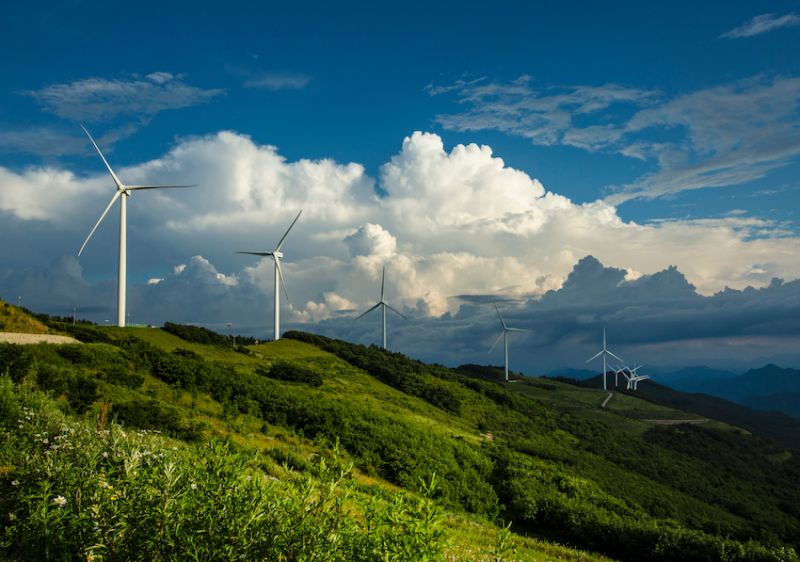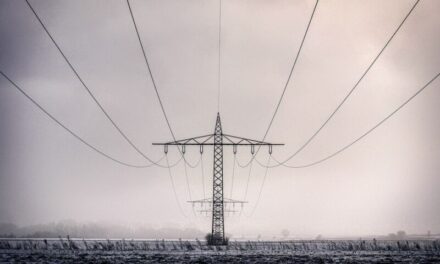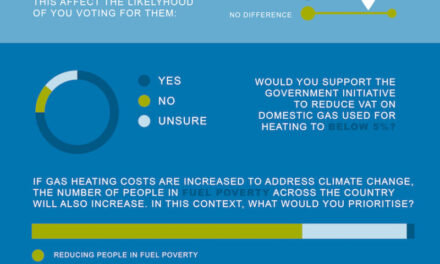According to a recent article in The Guardian, it is increasingly likely that UK Members of Parliament (MPs) will reverse the 2015 ban on new onshore wind turbine projects, and allow developments “where communities are in favour of it.” One potential solution to putting intrusive wind farms across the country is to make use of low level wind energy — something that Katrick Technologies, a sustainable energy company based in Scotland has been developing. Here, Co-CEO of Katrick Technologies, Vijay Madlani, discusses why innovative wind technologies can alleviate dependence and compliment traditional wind farmsshould the ban be lifted or not.
According to a Financial Times report, the capacity of green energy storage will increase by 2,400 Gigawatts (GW) by 2027. Wind power will play a large part in meeting increased demand of electrical power during the same period. Its dependency has grown rapidly over the past 20 years, experts predict that this will continue with renewable energy sources expecting to overtake fossil fuels as the dominant source of electricity by 2025.
The political debate on whether to remove the ban of building onshore wind farms would prove to be another U-turn by a UK prime minister after Rishi Sunak stated that he would keep the ban when campaigning in the summer. The Government is correct to be considering green alternatives but must be open minded to alternative technology. These advances should offer people who live in catchment areas for wind farms the security that no obtrusive hardware will be installed.
Here, we find out why using low level wind energy can be a better alternative to traditional wind turbines.
The key differences
Katrick Technologies’ low level wind panels have multiple advantages over turbines. The panels are much smaller, more flexible, and easier to install. The panels uses a wide range of wind frequencies and speeds — more than traditional wind energy solutions — and uses aerofoils to capture kinetic energy before converting it to green energy. This new technology has the potential to generate 22,000-kilowatt hours of electricity per year, per 10 panel array.
The panels are considerably smaller than turbines to the point where they are actually ideal to fit to office buildings, houses or shopping complexes. The wind panel’s unobtrusive design makes it considerably easier to get planning permission in sensitive locations. This is important for one of the key reasons some MPs want to say ‘no’ to new onshore turbines.
Once installed, the wind panels’ low cost of maintenance can provide a quick return on investment. They also offer businesses to generate off-grid power which can be stored to supply their own energy. This takes the pressure of grid based energy dependency which traditional wind turbines couldn’t provide most business owners around the UK.
An array of low level wind panels is more efficient than conventional wind turbines. Each panel, despite its compact and flexible 4m x 4m frame, has a large surface area which has the capacity to act as a working space to let the wind energy in. This is enhanced by an abundance of ducted aerofoils which generate their own kinetic energy from different wind speeds and frequencies. In fact, its flexible and highly efficient nature means that, based on our calculations, installing roadside panels over a distance of 1 km could charge 120,000 Tesla cars, or power 3,000 homes, each year.
Katrick Technologies’ wind panels offer more efficient green energy to households and businesses with highly optimised wind harvesting. Making the most of low level wind technology is key to bringing peace to the countryside and to help meet ever growing demand of electricity. It might even spare MPs some blushes.
To find out more about Katrick Technologies’ wind panels and other green energy innovations, visit its website here.





